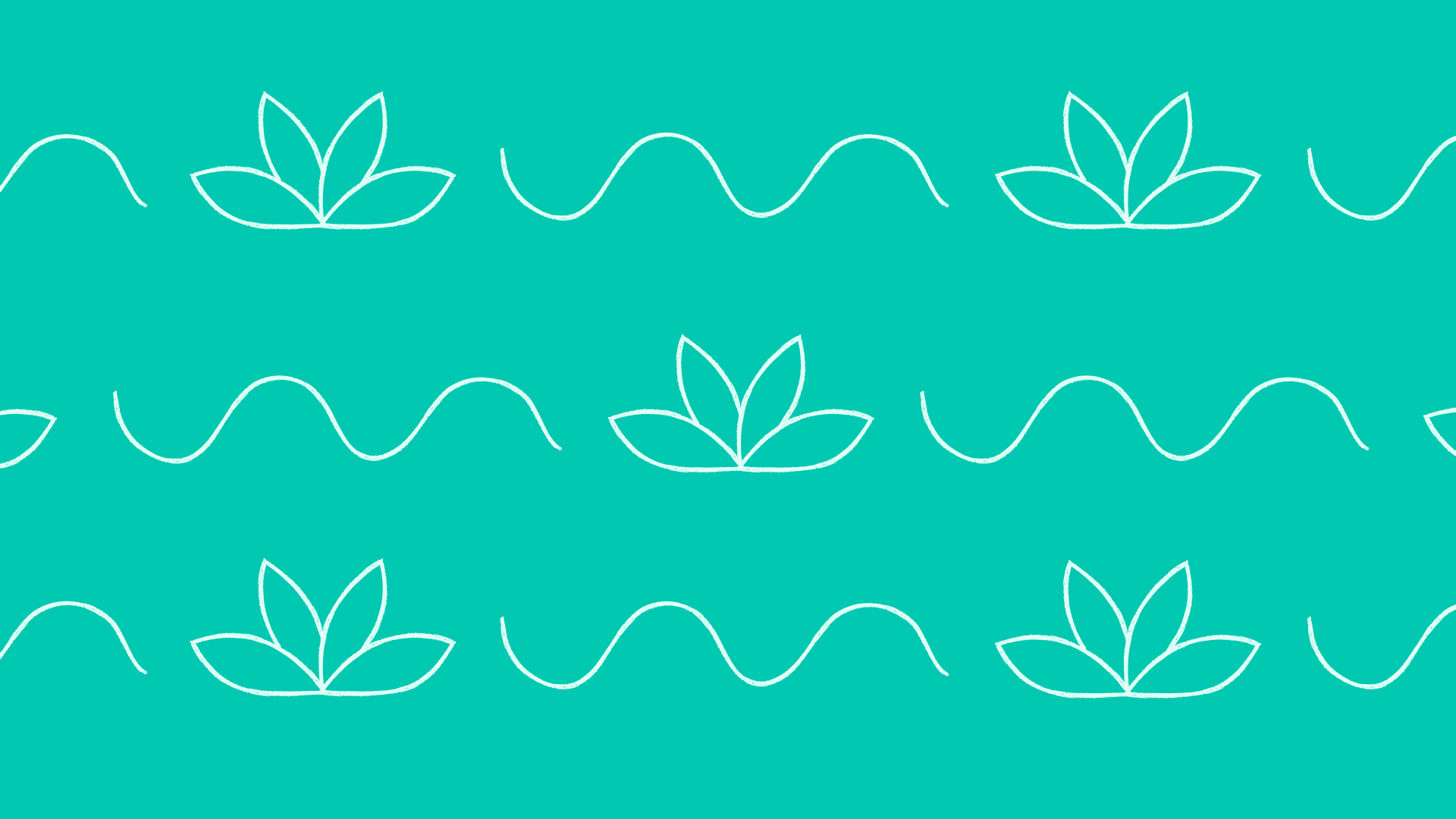
- 2 mins
5 Activities for Kids to Give Back to the Planet

We often think of mindfulness activities as something adults do, but they benefit kids too! Remember the importance of modeling behavior; I covered this subject in a previous article, but leading by example works wonders when trying to establish new habits. While you may be familiar with the many benefits of mindfulness for adults, here are some fun ways to introduce mindfulness into your children’s lives.
Breathing is the foundation of mindfulness. It’s the foundation of life. Breathing is the foundation of meditation, relaxation, and stress relief.
Breathing is an essential part of self-care. Taking time for yourself can be challenging, but it’s essential for your well-being and mental health. Being mindful helps you slow down and appreciate what’s happening around you. I used to get overwhelmed at school, and breathing was one of the mindfulness exercises I used to manage my emotions.
Moshi has a dedicated section for breathing; each episode lasts for one minute and has an animation that helps the child coordinate their exhalations and inhalations.
Loving-kindness meditation is a great way to start the day or to calm down during the day. It’s a simple practice that can help you feel more connected to others and yourself. While this kind of meditation traditionally involves the recitation of mantras, I believe that consciously sending out love to the world or specific people works just as well.
Loving-kindness meditation is perhaps one of the most simple mindfulness exercises out there. To try this with your child, you only need a few minutes each day. For more information and a suggested guided meditation, check out this article.
Visualization can be a great way to help your child develop their imagination. It’s also an effective tool for helping children cope with anxiety and stress. Using visualization, kids can improve their schoolwork, sports performance, and social skills.
One way to use this mindfulness activity is to ask a question that your child wants to be answered. For example, you might ask, “What would it be like if I could fly?” Then ask them what they see, hear, and feel when they imagine themselves flying . . .
Guided imagery is one of the mindfulness exercises that help children relax, fall asleep, and deal with stress and pain. These exercises can be incorporated into any activity or program. There are many different ways to practice guided imagery with children—some people use guided meditation CDs or apps, while others prefer writing scripts or stories themselves. I find Moshi’s meditations and stories for kids so engaging that they would be perfect for guided imagery. The beautiful graphics create a good platform from which kids’ imagination can take off.
Guided imagery uses visualization as a way to focus attention and positive thoughts that impact the body’s nervous system. This practice can help calm your child down after a stressful day at school; it can help them feel better when they’re sick or hurting; it can even help them sleep better at night!
The act of gratitude is a great way to help kids focus on the positive. It teaches them that they can be happy and grateful for what they have in life. Pick a time of the day or perhaps even the week, and in this week you each express gratitude for something in your life.
Self-love and self-compassion are two of the most important things that we can teach our kids. All too often, children are taught to be critical of themselves, to compare themselves to others, and to focus on their flaws. This can lead to a lifetime of self-doubt and insecurity.
Instead, we should encourage our kids to love and accept themselves just as they are.
Here are some tips for encouraging self-love and self-compassion in kids:
Sensory exploration is a fun activity for kids, and it’s also very effective in teaching them about mindfulness and how to focus on the present moment. Once your child has closed their eyes, ask them to describe what they see, smell, hear, and taste. This can also be an enjoyable activity for parents to take part in along with their kids.
This activity is a great way to help your kid develop the skill of mindfulness. When kids can pause and listen, they can focus on what is happening at the moment instead of what happened yesterday or what will happen tomorrow. I suggest you head over to Moshi and check out the sounds section. The guided meditations, of course, are also a great way to do mindful listening for kids.
Quiet time is like a silent retreat, but shorter. Morning could be a good time to practice this. Invite your children to be silent for the first 30 minutes of a day of your choosing. It may take a while to catch on, but silence can be addictive. It may help your children notice how they feel that day, something different about the weather, or any other detail they may not notice if they were busy having a conversation. Set realistic times and accept failure, but don’t give up; with perseverance and patience, your home may gain some welcome peace and calm.
Mindful walking is one of the best mindfulness activities for kids. It can be done indoors or outside and requires no special equipment.
A set or free yoga sequence for more active kids can help achieve a meditative state. Cosmic Kids Yoga is a popular YouTube channel with over 600 videos. Alternatively, you may practice yoga with your children; if you have a home practice, sharing it with your children may be yet another great opportunity to bond with them. Yoga poses can be adapted, and kids are typically very nimble, so there may be no need at all to change your sequence around; you may want to practice your inversions with care, though!
Art is a wonderful mindfulness activity for kids. The main reason why it’s such an effective method of teaching children to be in the moment is that it’s something they can do on their own when they want to. They don’t need any special equipment or even someone else around them (although having someone there can help). They just need some paper, crayons, paints, brushes, or other art supplies you have on hand. For example, we have old magazines lying around that I let my kids cut pictures out of. Sometimes I help them glue them onto cardboard first, and then they cut them out.
The goal is to find materials that are fun for your kid(s) and work well within their skill level while also encouraging growth over time. This will aid in keeping boredom at bay.
Coloring with your child is a great way to relax, express yourselves, and connect. Coloring pages are a classic activity, and they’re handy if you want something simple to do together but don’t have much time on your hands. Books full of coloring activities are another option. These come in all kinds of designs and themes, so you’ll be sure to find something you and your child will enjoy.
Why not try combining coloring with some collage art? This requires a few additional supplies—scissors, glue sticks, pictures to cut out, etc.
When you think of mindfulness, the first thing that comes to mind is probably meditation. But there are many other ways to incorporate the practice into your child’s daily life. Research from 2021 by Cosentino et al. shows that writing and journaling can help us deal with trauma and physical pain and even increase our happiness levels!
Journaling also helps kids learn how to express themselves effectively through words instead of through actions like yelling or hitting someone (or themselves). When we talk about mindfulness for kids these days, one word keeps coming up: “self-regulation” (the ability of children not just to know what they’re feeling but also to manage their behavior accordingly). This skill is crucial for success later on in life when children grow up into adults who will be able to regulate their emotions during stressful times like job interviews or difficult conversations at work.
This mindfulness activity is a way to get your kids thinking about the world around them and what might be happening in their peers’ minds. It also teaches them that it’s okay to watch others and that this should be done without any judgment. Ask them to observe others with curiosity and offer a few prompts to get them going. For example, you might say, “What do you think she’s thinking?” or “Do any of those kids look like they’re having fun?”
The steps in mindful eating are super simple and can be used with any type of food, snack, or eating utensil.
This one is simple. Wrap your child in a blanket or simply show them how a simple, firm hug can be so soothing. A 2021 study by Dreisoerner et al. looked at how physical touch, including self-soothing, can be very beneficial in moments of stress. When this practice is done frequently in a safe and comfortable environment, it will help provide the same comfort and feeling of safety in more stressful situations.
Meditation doesn’t have to be done by sitting perfectly still. A meditative state can be achieved while working, doing sports, and walking. Whether it’s one of Moshi’s stories, music selections, or meditations, ask your child to try listening to their favorite track while walking immersed in nature. Once they are done, ask them to smell, listen, and feel what is around them.
We use Moshi to calm things down when needed, and it is packed with frequently updated content such as guided meditations for kids and bedtime stories. Use any of Moshi’s tracks and invite your child to start drawing freely on a piece of paper. Then once the artwork is complete, observe the lines and colors and ask your child what feelings were being experienced during the drawing session. This could be an alternative to a traditional journal.
We are all unique, so your child is bound to benefit from different mindfulness tracks at different times. Head to the Day section and select “Moments.” Here you’ll find 33 meditation tracks sorted into categories: Calming Down, Taming Tantrums, Easing Worries, Positive Thinking, and more to suit your child’s current mindfulness needs.
Being mindful helps us focus on what we are doing. We are more aware of the present moment, and we can give our full attention to the task at hand. We become less judgmental about our actions, which means that our thoughts and actions become less rigid and inflexible. This is why it is key for kids to be mindful. Mindfulness activities for kids will help them to focus better and have better concentration and improve their self-control, empathy, and academic performance. It will also help them regulate their emotions, which can be especially helpful to those who have trouble managing anger or sadness.
Cosentino C, D’apice C, Del Gaudio M, Bertoletti C, Bini M, Liotti MC, Melli E, Tesa F, Sarli L, Artioli G. Effectiveness of expressive writing protocol in palliative care healthworkers: A quantitative study. Acta Biomed. 2021 Mar 31;92(S2):e2021010. doi: 10.23750/abm.v92iS2.11468. PMID: 33855988; PMCID: PMC8138804.
Dreisoerner A, Junker NM, Schlotz W, Heimrich J, Bloemeke S, Ditzen B, van Dick R. Self-soothing touch and being hugged reduce cortisol responses to stress: A randomized controlled trial on stress, physical touch, and social identity. Compr Psychoneuroendocrinol. 2021 Oct 8;8:100091. doi: 10.1016/j.cpnec.2021.100091. PMID: 35757667; PMCID: PMC9216399.